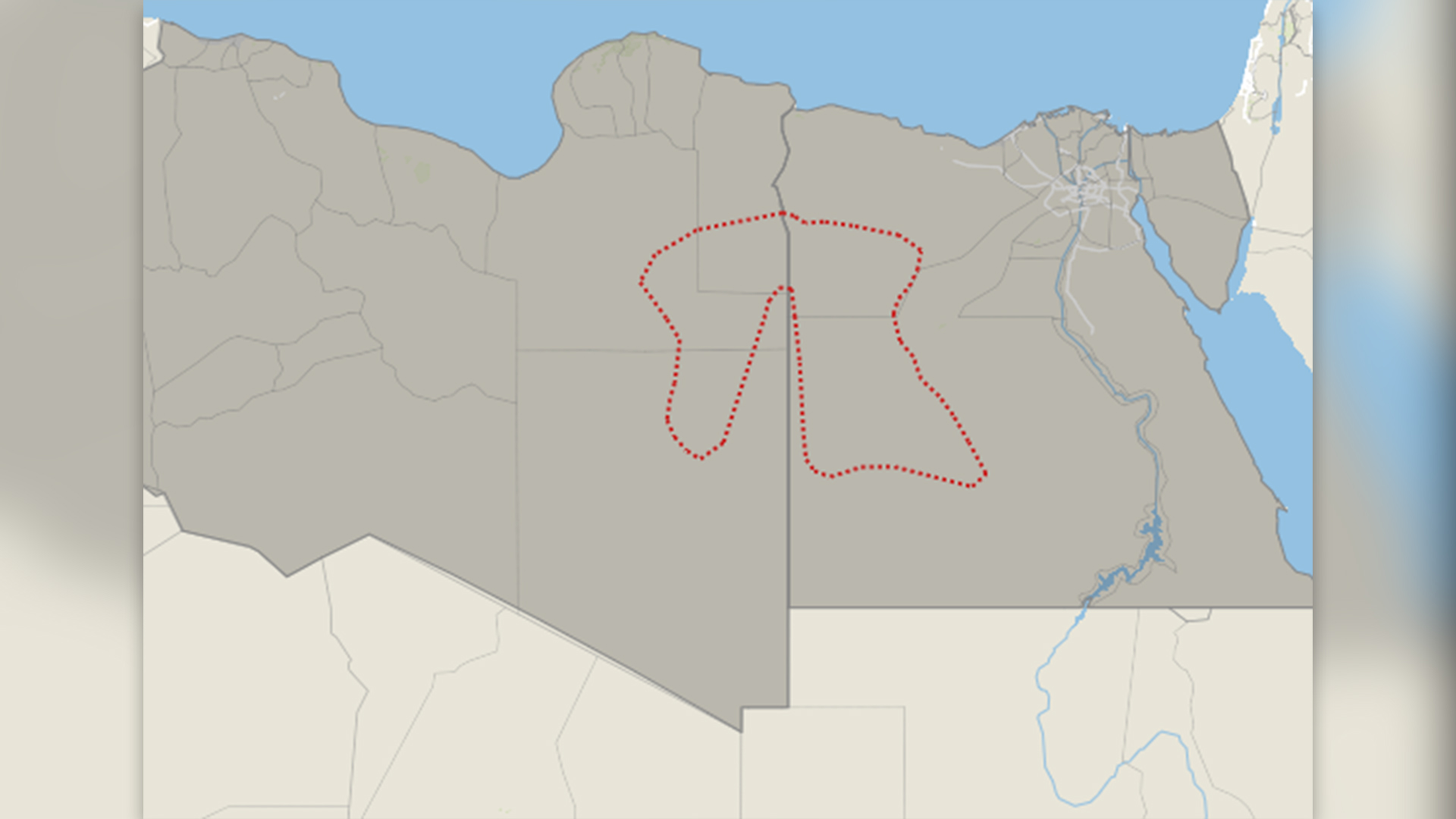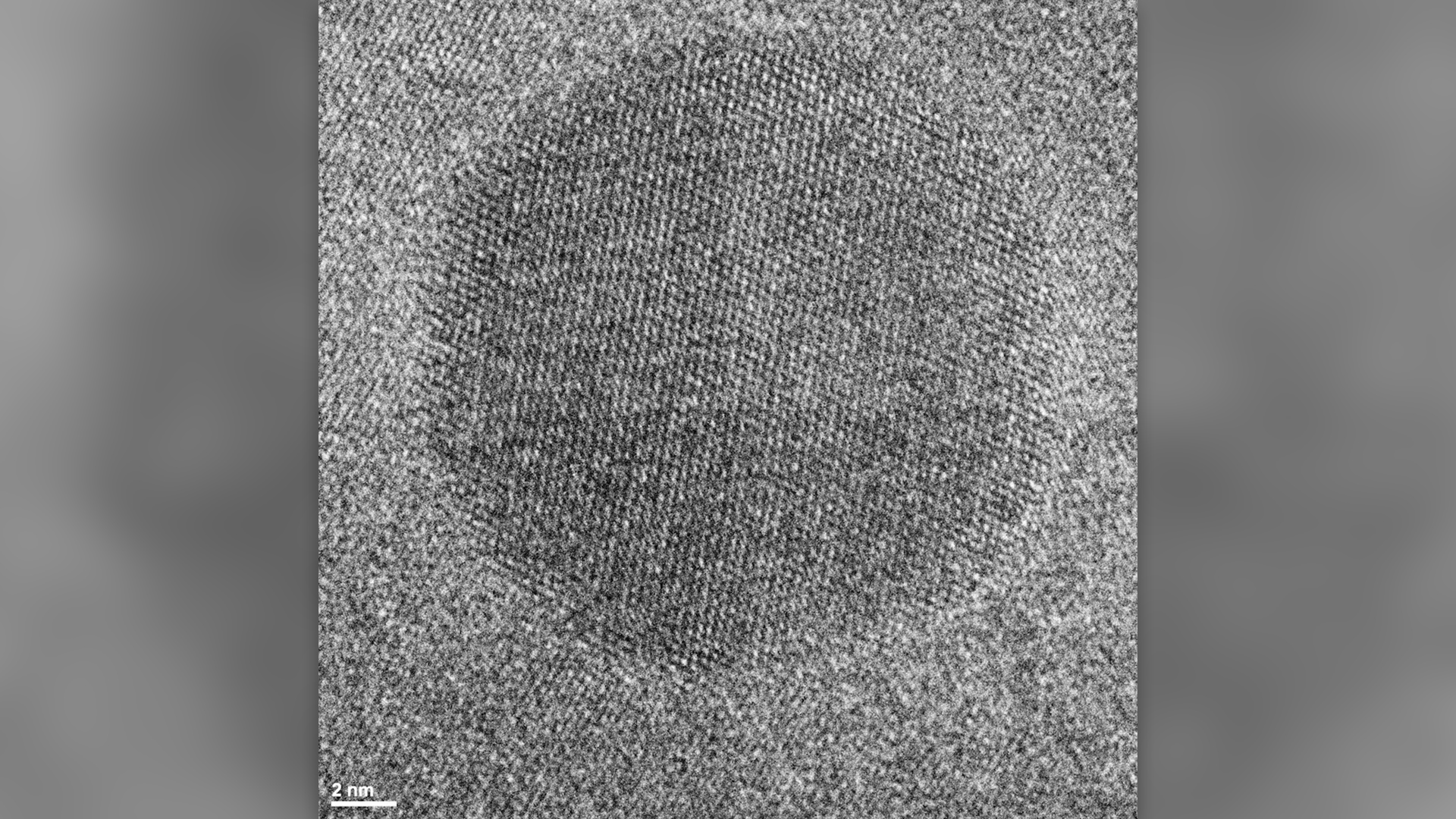Strange yellow glass found in Libyan desert may have formed from lost meteor impact
A strange type of glass that was discovered in 1933 in the Libyan desert may come from a meteorite, an analysis shows, but impact crater is still missing.

The Great Sand Sea Desert stretches over an area of 72,000 square kilometers linking Egypt and Libya. If you find yourself in a particular part of the desert in south-east Libya and south-western parts of Egypt, you’ll spot pieces of yellow glass scattered across the sandy landscape.
It was first described in a scientific paper in 1933 and is known as Libyan desert glass. Mineral collectors value it for its beauty, its relative rarity and its mystery. A pendant found in Egyptian pharaoh Tutankhamun’s tomb contains a piece of the glass. Natural glasses are found elsewhere in the world; examples include moldavites from the Ries crater in Europe and tektites from the Ivory Coast. But none are as rich in silica as Libyan desert glass, nor are they found in such large lumps and quantities.
The origin of the glass has been the subject of debate among scientists for almost a century. Some suggested it might be from volcanoes on the moon. Others propose it’s the product of lightning strikes ("fulgurites" – glass that forms from fusion of sand and soil where they are hit by lightning). Other theories suggest it’s the result of sedimentary or hydrothermal processes; caused by a massive explosion of a meteor in the air; or that it came from a nearby meteorite crater.
Now, thanks to advanced microscopy technology, we believe we have the answer. Along with colleagues from universities and science centres in Germany, Egypt and Morocco, I have identified Libyan desert glass as originating from the impact of a meteorite on the Earth's surface.
Space collisions are a primary process in the solar system, as planets and their natural satellites accreted via the asteroids and planet embryos (also called planetesimals) colliding with each other. These impacts helped our planet to assemble, too.
Under the microscope
In 1996 scientists determined that the glass was close to 29 million years old. A later study suggested the source material was composed of quartz grains, coated with mixed clay minerals and iron and titanium oxides.
This latter finding raised more questions, since the proposed age is older than the matching source material in the relevant area of the Great Sand Sea desert. To put it simply: those source materials didn’t exist in that location 29 million years ago.
Get the world’s most fascinating discoveries delivered straight to your inbox.
For our recent study, a co-author obtained two pieces of the glass from a local who had collected them in the Al Jaouf region in south-eastern Libya.
We studied the samples with a state-of-the-art transmission electron microscopy (TEM) technique, which allows us to see tiny particles of material, 20,000 times smaller than the thickness of a paper sheet. Using this super-high magnification technique, we found small minerals in this glass: different types of zirconium oxide (ZrO2).
Minerals are composed of chemical elements, atoms of which form regular three-dimensional packaging. Imagine putting eggs or soda bottles on the shelf of a supermarket: layers on top of layers to ensure the most efficient storage. Similarly, atoms assemble into a crystal lattice that is unique for each mineral. Minerals that have the same chemical composition but different atomic structure (different ways of atom packaging into the crystal lattice) are called polymorphs.
One polymorph of ZrO2 that we observed in Libyan desert glass is called cubic zirconia – the kind seen in some jewellery as a synthetic replacement for diamonds. This mineral can only form at a high temperature between 2,250 degrees Celsius and 2,700 degrees Celsius.
Another polymorph of ZrO2 that we observed was a very rare one called ortho-II or OII. It forms at very high pressure – about 130,000 atmospheres, a unit of pressure.
Such pressure and temperature conditions provided us with the proof for the meteorite impact origin of the glass. That’s because such conditions can only be obtained in the Earth’s crust by a meteorite impact or the explosion of an atomic bomb.
More mysteries to solve
If our finding is correct (and we believe it is), the parental crater – where the meteorite hit the Earth’s surface – should be somewhere nearby. The nearest known meteorite craters, named GP and Oasis, are 2 kilometers and 18 kilometers in diameter respectively, and quite far away from where the glass we tested was found. They are too far and too small to be considered the parental craters for such massive amounts of impact glass, all concentrated in one spot.
So, while we've solved part of the mystery, more questions remain. Where is the parental crater? How big is it – and where is it? Could it have been eroded, deformed or covered by sand? More investigations will be required, likely in the form of remote sensing studies coupled with geophysics.
This edited article is republished from The Conversation under a Creative Commons license. Read the original article.

In 2010, I completed an MSc degree with distinction at the Department of Petrology, Lomonosov Moscow State University, Russia; and in 2015, I completed a PhD at the Department of Lithospheric Research, University of Vienna, Austria. From 2015 to 2019, I was a postdoctoral fellow at the Department of Geology at the University of the Free State, South Africa, and from 2019 to 2020 served as a senior lecturer in the same department. Currently, I am a lecturer at the Department of Earth Science, University of the Western Cape, South Africa, and an Alexander Von Humboldt scholar at the German Research Centre for Geosciences GFZ-Potsdam, Germany. I hold a scientific rating from the National Research Foundation (NRF) of South Africa in the Y category. Throughout my career, I lived in four countries and visited five continents for field work, worked in 10 research institutions, participated in more than 30 scientific conferences and congresses with presentations, and produced 36 peer-reviewed publications. Since receiving a Ph.D. in 2015, I have won 17 competitive large and small grants, provided 30 reviews for scientific journals and funding agencies, designed and presented five university courses as well as two courses on academic writing, graduated 1 MSc student (Magna Cum Laude) and 5 Honours students (one with distinction).





